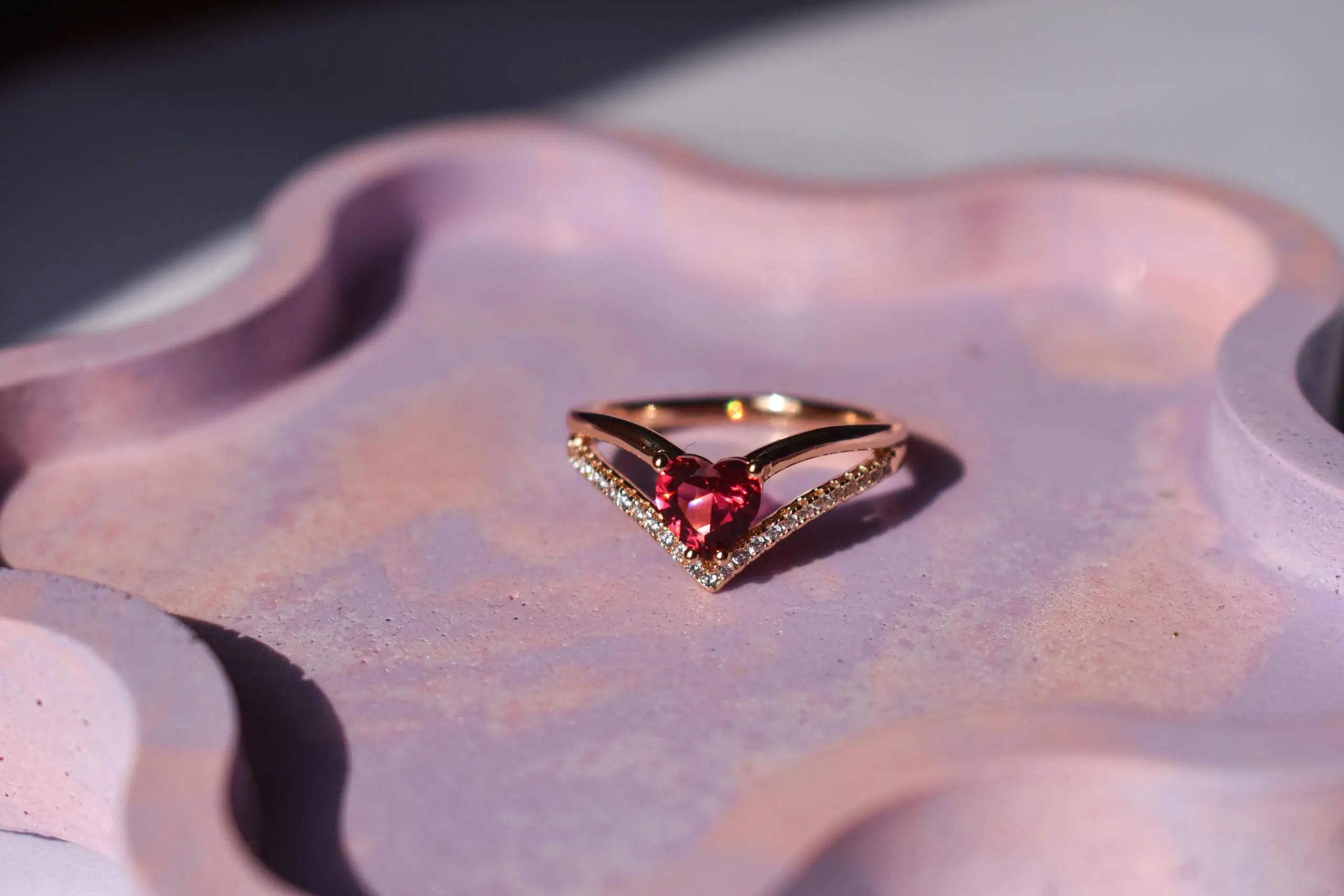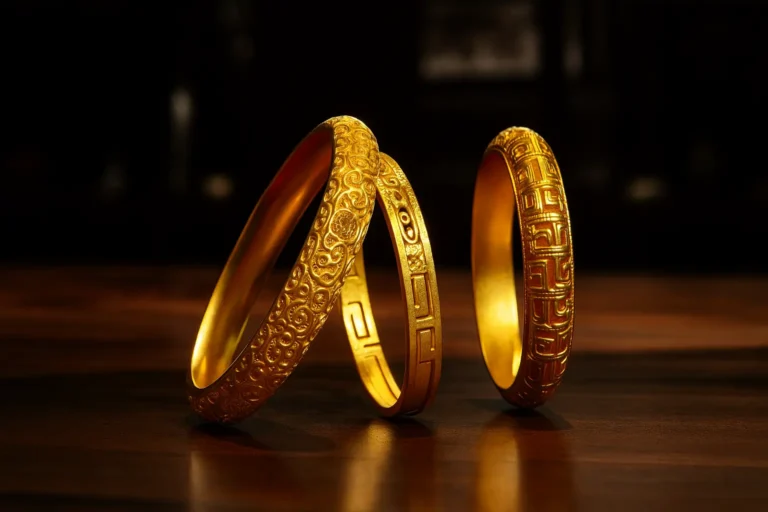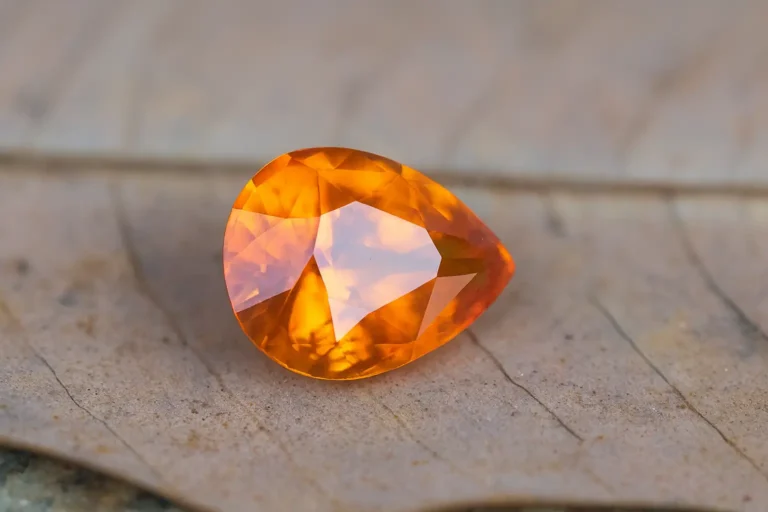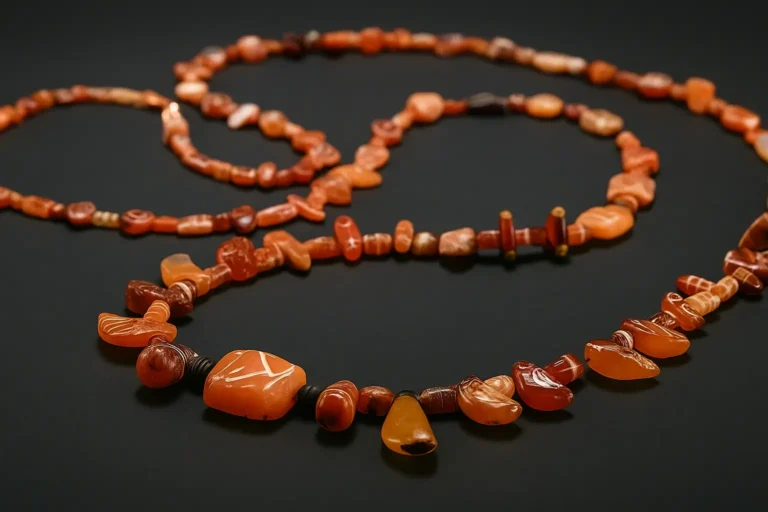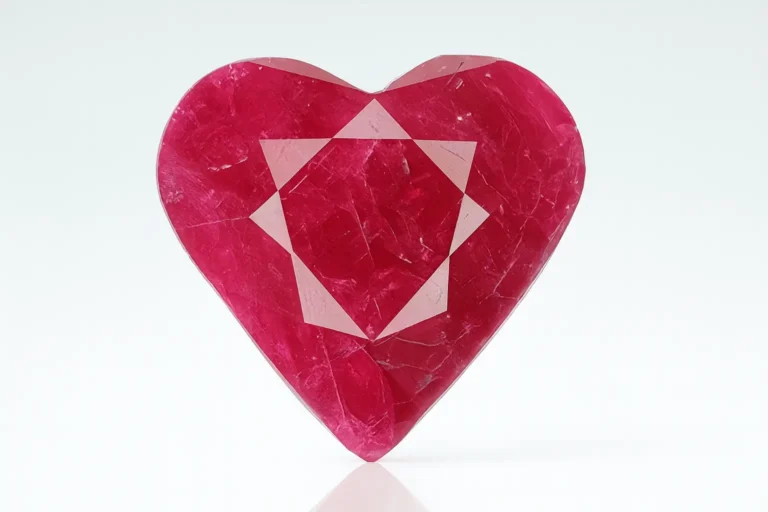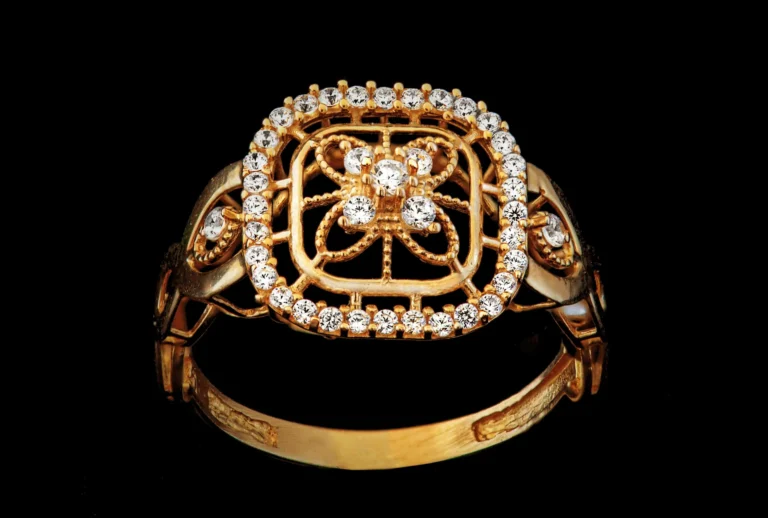The Art and Science of Fancy Colored Diamonds: How Design Enhances Color and Value
If you often scroll through jewelry ads, especially those targeting the Asian market, you may notice a recurring theme: Fancy Colored Diamonds such as pink diamonds paired with green diamonds seem to be everywhere.
Many people’s first reaction is: “That looks odd!” But why do designers favor this combination so much?
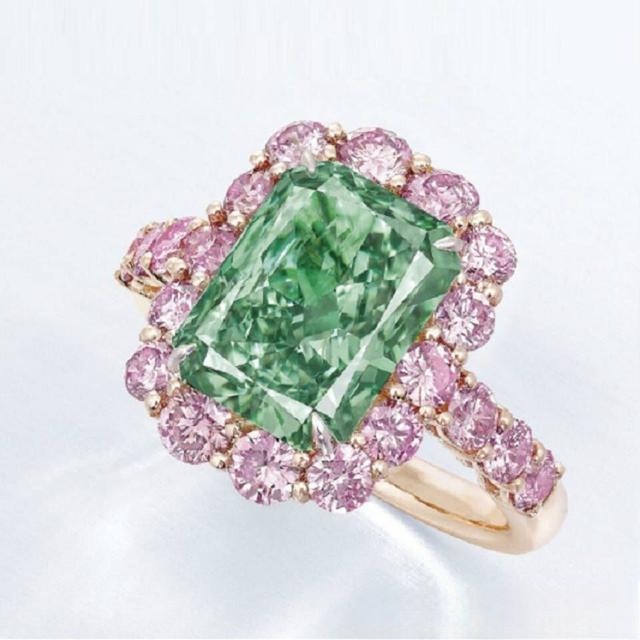
In this article, we will break down the “color enhancement secrets” of fancy colored diamonds from three perspectives: color theory, jewelry setting techniques, and market logic.
The Reality of Fancy Colored Diamonds: Photos vs. Actual Appearance
Before diving into color pairing, let’s clear up a common misconception: most fancy colored diamonds in the market are not as vibrant as the photos suggest.
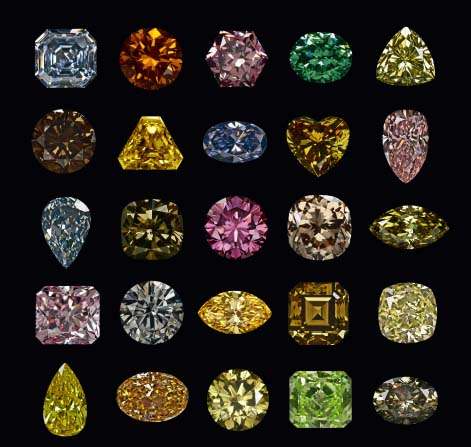
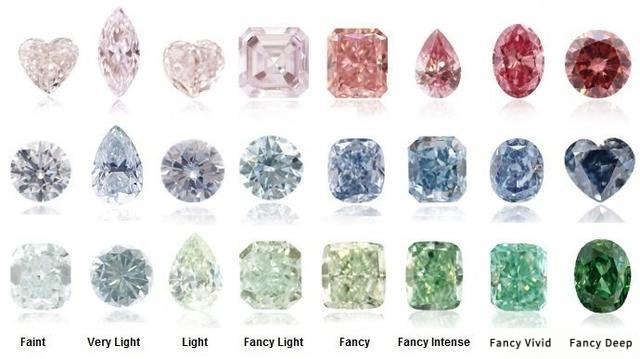
- Auction photos (idealized state): For example, Chow Tai Fook purchased the “Pink Star Diamond” in 2017 for $553 million. The 59.6-carat pink diamond appeared strikingly vivid and saturated in official images.
- In-person view (reality): Under natural light, however, the color looks much softer, and many fancy colored diamonds appear more pastel than bold.
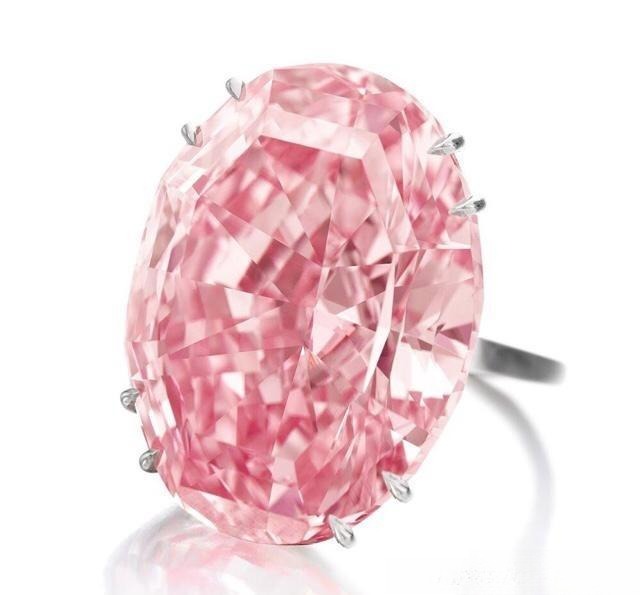
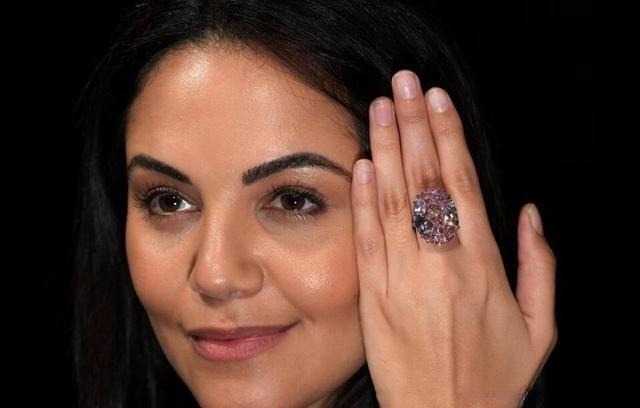
The reason is simple: diamonds graded Fancy Vivid or Fancy Intense are extremely rare. The majority of stones circulating in the market are Fancy Light. This is why jewelry settings play such a crucial role in amplifying color and enhancing the stone’s visual appeal.
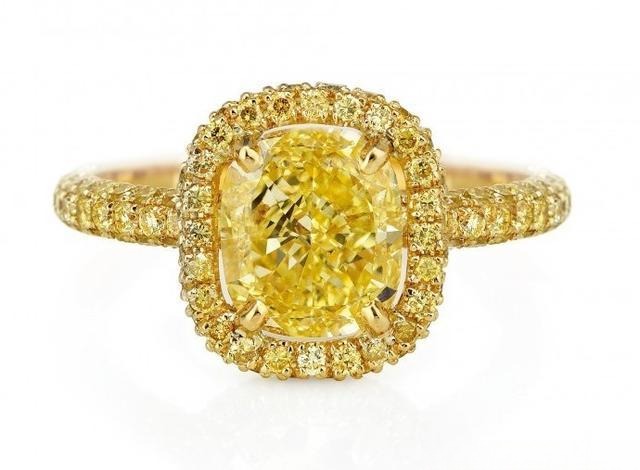
Three Key Techniques to Enhance the Color of Fancy Diamonds
1. Using Complementary Colors
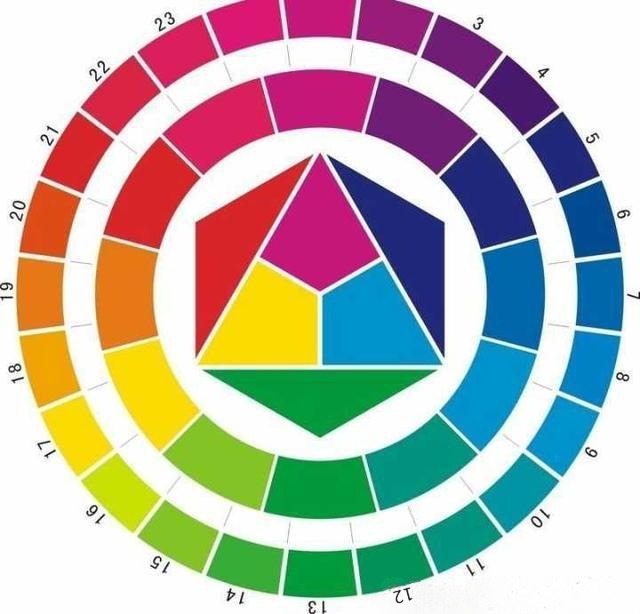
In color theory, complementary colors are opposite each other on the color wheel. When paired, they make each other look brighter and more saturated.
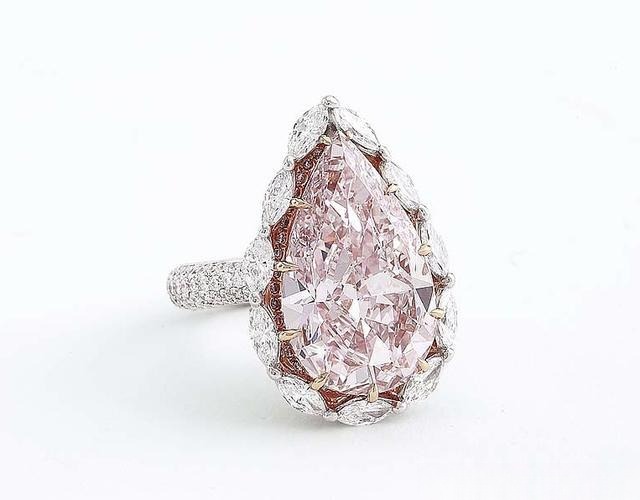
- Pink and Green: Light pink and light green are complementary, so pairing pink diamonds with green diamonds strengthens the contrast, making the pink look richer.
- Blue and Pink: Blue diamonds are extremely rare, and most available stones are Fancy Light Blue. Adding pink diamonds as side stones helps highlight the main stone and adds a romantic touch.
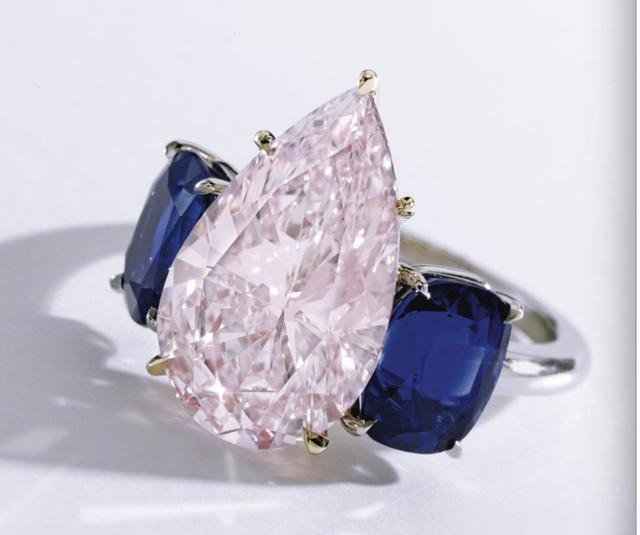
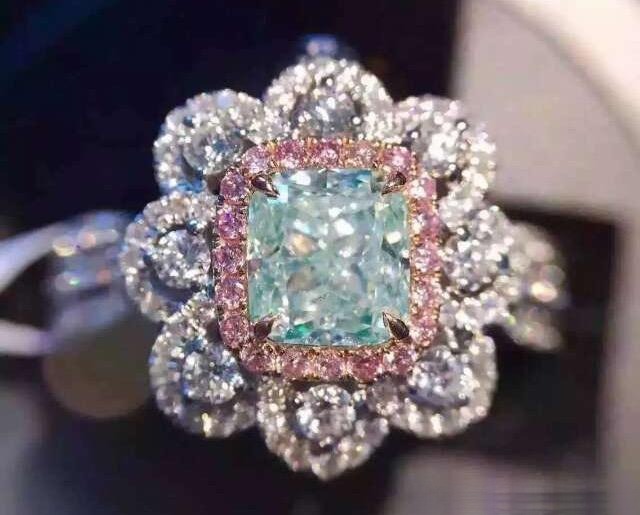
A quick experiment: Stare at a red object for 20 seconds and then look at a white wall. You’ll see a cyan-green afterimage—this is the complementary color effect at work.
👉 Design logic: Complementary color pairings help offset the natural limitations of fancy light diamonds, effectively multiplying the commercial value of the finished piece—sometimes by three to five times.
2. Choosing the Right Metal
The choice of metal is another powerful tool for enhancing diamond color.
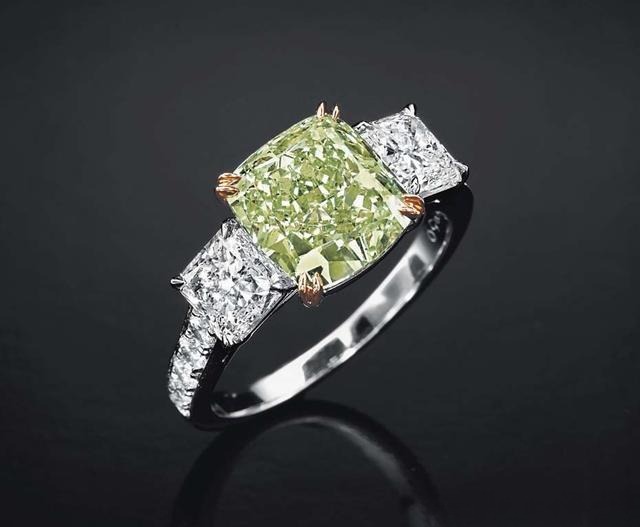
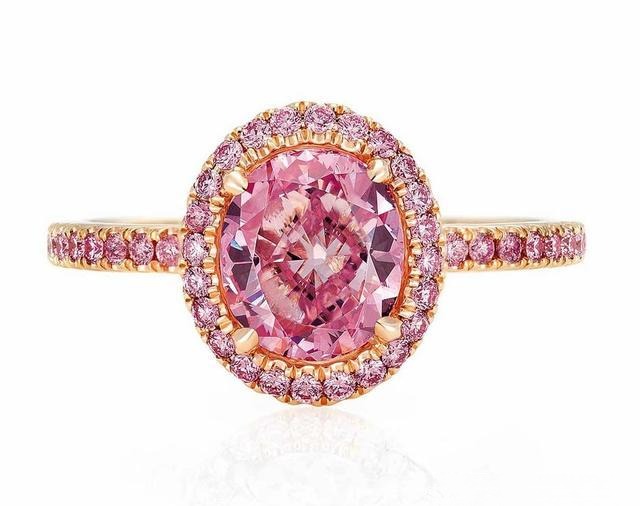
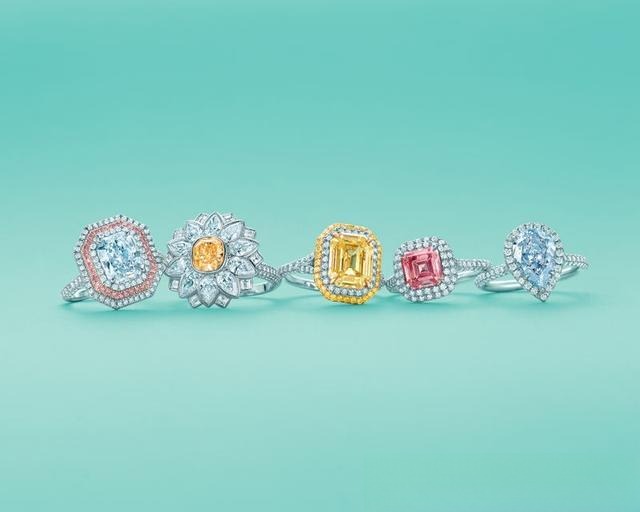
- Light-colored diamonds: Usually set in platinum or white gold to avoid color interference.
- Intense pink diamonds: Often paired with rose gold, as warm-toned metal enhances the richness of the pink hue.
- Yellow diamonds: Frequently use the “closed-back” method, where yellow gold or K-gold is placed behind the stone to make the yellow appear at least two grades deeper.
3. Closed-Back Settings and Cutting Techniques
For yellow and green diamonds in particular, cutting and setting significantly influence their final appearance.

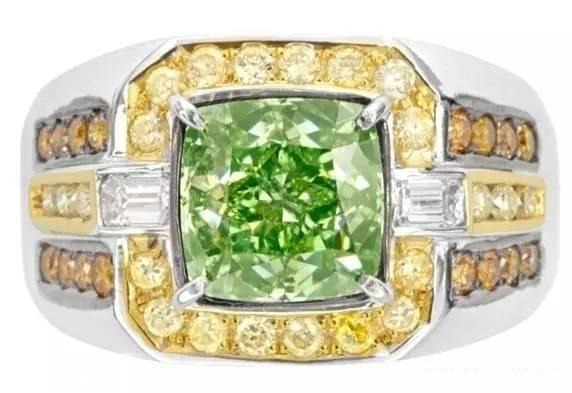
- Yellow diamonds: Closed-back settings maximize reflective light and deepen the yellow tone.
- Green diamonds: Extremely rare, as their color usually comes from surface radiation stains.
- When cut too deeply, the green layer disappears almost entirely.
- Some cutters preserve the green band near the girdle to maintain visible color.
- Market examples of Fancy Intense Green are exceptionally scarce—the most famous being the 40.70-carat Dresden Green Diamond.
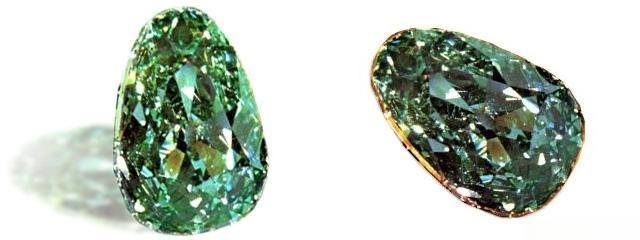
Creative Color Pairings in Fancy Diamond Jewelry
Not all fancy diamond jewelry sticks to the pink-green combination. Designers often experiment with bold or elegant contrasts:
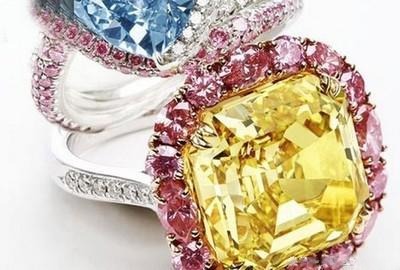
- Elegant approach: Pink diamond with white diamonds—clean and sophisticated.
- Playful approach: Yellow diamond with rubies—sometimes humorously compared to “scrambled eggs with tomatoes.”
- Avant-garde approach: Blue diamond with purple diamonds—for futuristic or statement designs.
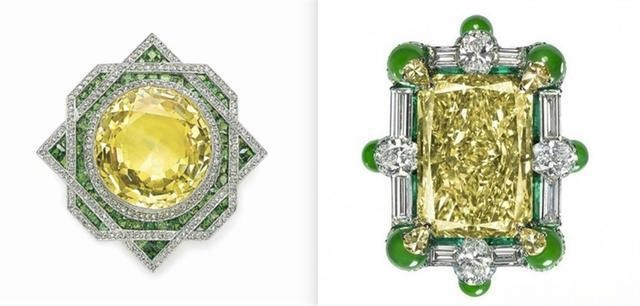
In the Western high-end jewelry market, consumers tend to prefer harmonious gradients or single-color designs that spotlight the main stone. Meanwhile, Asian markets favor high-contrast pairings for stronger visual impact. This difference reflects not only aesthetic culture but also distinct marketing strategies.
Market Logic: Why the Need for “Color Enhancement”?
- Driven by rarity
- Fancy Vivid diamonds are scarce. A Fancy Vivid stone can cost ten times more than a Fancy Light stone of the same size.
- Jewelers use settings to “simulate” a stronger color effect.
- Amplified visual value
- Most buyers don’t know grading terms like Fancy Light or Fancy Intense. They simply equate “brighter color” with “higher value.”
- Settings that visually enhance color can increase the retail price by three to five times.
- Differences in market education
- Western buyers pay closer attention to certification (e.g., GIA reports stating Fancy Light vs. Fancy Intense).
- Asian buyers respond more to striking visuals, so complementary settings are widely used in marketing.
Conclusion: The Science and Art of Fancy Diamonds
The beauty of fancy colored diamonds comes not only from nature’s rare gift of color but also from human craftsmanship and design. From complementary color theory, to metal selection, to cutting and closed-back techniques, every detail influences how the final piece looks and how much it’s worth.
So next time you see a pink and green diamond combination, don’t dismiss it as “odd.” It’s actually a clever application of color science—making lighter-colored diamonds appear richer and more valuable.
Fancy colored diamonds are not just natural treasures; they represent a fusion of science, art, and jewelry design.
And speaking of craftsmanship, if you appreciate jewelry that blends heritage aesthetics with modern artistry, explore Peonyjewels collection of handmade vintage-inspired earrings. Each piece is thoughtfully designed and crafted with the same attention to detail that fine jewelry demands—perfect for those who want accessories as unique as their story.
👉 Discover our Handmade Vintage Earrings Collection and find the piece that speaks to your personal style.

